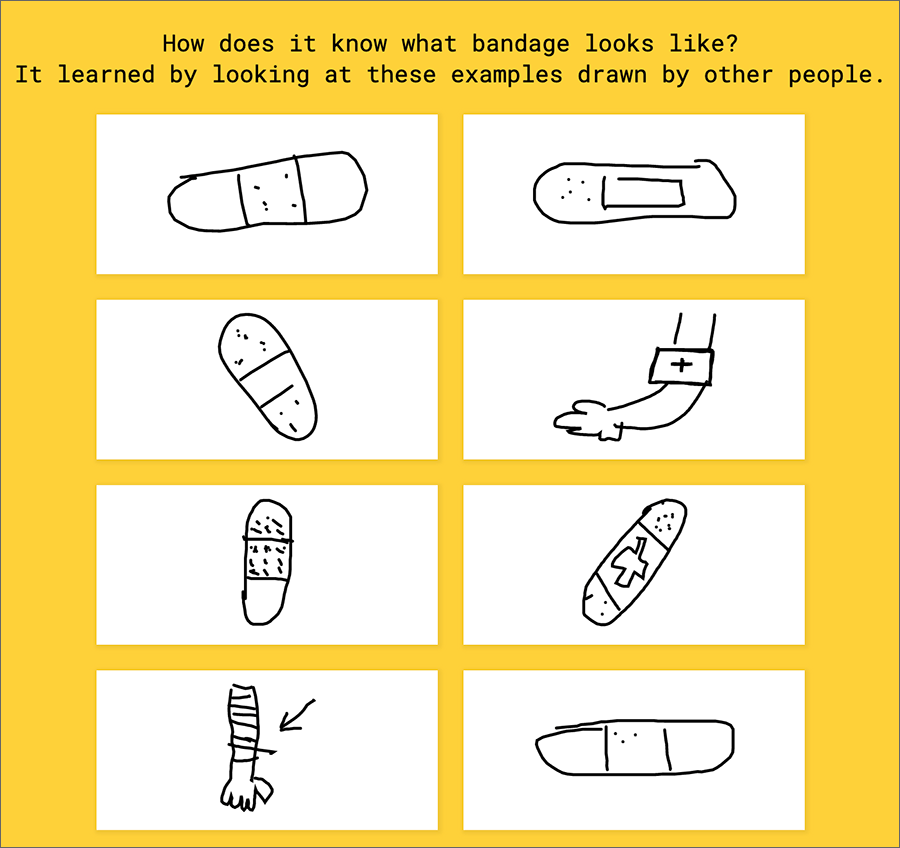
For example, most Americans draw circles counterclockwise, while most Japanese draw them clockwise. This dataset has been used for a variety of research into how people draw, and how it differs in different cultures. On the back of that, Google then open sourced a collection of 50 million drawings along with metadata such as geographical locations of the creator, giving developers around the world access to the data set and the ability to conduct research with it. Since it launched in 2016, Google has collected over 1 billion drawings across 345 categories. The process started with an online game called Quick, Draw! in which you get 20 seconds to draw a doodle, after which the program attempts to guess what you're drawing. Google has released a web component and API based on drawings collected as part of its Quick, Draw! AI-based drawing experiment.


So you can use this dataset to train your own neural network. Luckily, Google released the dataset they trained their neural network with, which includes more than 50 million by the players hand drawn images.

In November 2016 Google released an online game called " Quick, Draw!" that asks the player to draw an image of a prescribed object and then uses a neural network to guess what the drawing represents.Īll in all there are 345 different objects the neural network can recognize. This post was originally published on my blog.


 0 kommentar(er)
0 kommentar(er)
